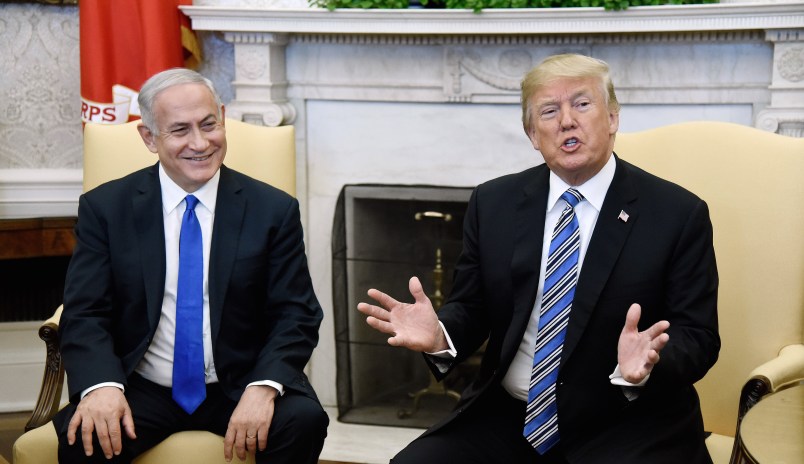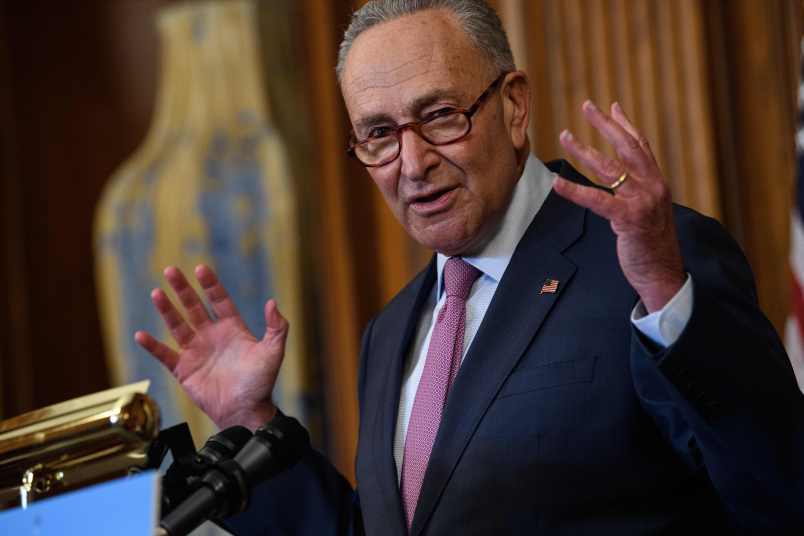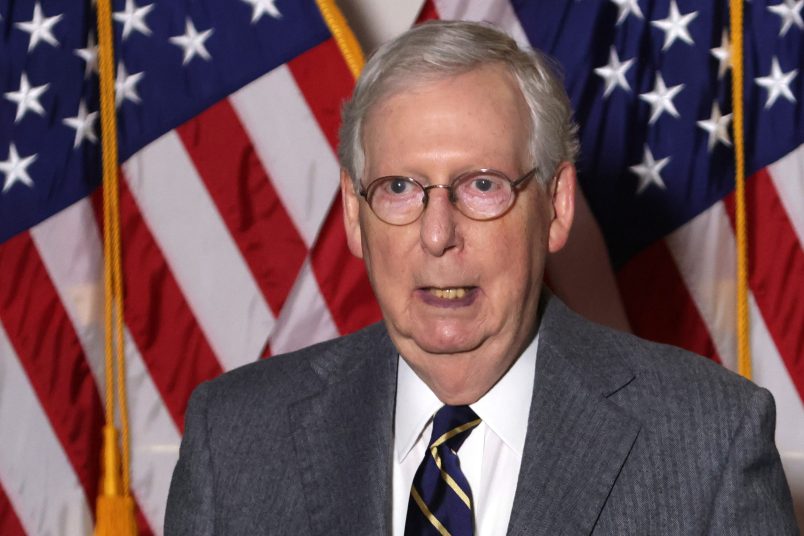President Trump declared that the United States should recognize Israel’s sovereignty of the disputed territory in the Golan Heights, breaking with a half-century of U.S. policy over the region.
Israel took the territory from Syria in a 1967 Six Day War. Ever since then, the international community — including the U.S. — has held that the territory is Syrian by right and under Israeli occupation.
Trump made the momentous announcement via Twitter, his latest huge move towards backing Israeli’s right-wing government at a time when Israeli Prime Minister Benyamin Netanyahu is facing a corruption scandal and his toughest election in years. And it amounts to a huge win for right-wing advocates of Israel — one that could alienate other regional allies.
After 52 years it is time for the United States to fully recognize Israel’s Sovereignty over the Golan Heights, which is of critical strategic and security importance to the State of Israel and Regional Stability!
— Donald J. Trump (@realDonaldTrump) March 21, 2019
The move is the latest sudden shift in U.S. policy towards Israel from Trump — shifts that seem aimed at pleasing his own base and shoring up Netanyahu. The Trump administration already moved the U.S. embassy in Israel from Tel Aviv to Jerusalem, a move cheered by pro-Israel hardliners and the Israeli government that triggered international protests, as much of the Arab world views Jerusalem as a contested city.
Netanyahu, who has a scheduled trip to visit Trump and the U.S. in the coming days, cheered the news:
At a time when Iran seeks to use Syria as a platform to destroy Israel, President Trump boldly recognizes Israeli sovereignty over the Golan Heights. Thank you President Trump! @realDonaldTrump
— Benjamin Netanyahu (@netanyahu) March 21, 2019
The move comes just a week after the State Department changed references in its annual human rights report from being “Israeli-occupied” to “Israeli-controlled territory,” a move that signaled the change. But Secretary of State Mike Pompeo and other U.S. officials had denied in recent days that a change in official U.S. policy was in the offing. It’s unclear whether Trump’s policy shift went through official U.S. government channels, or was simply a one-off move from the unpredictable president.
The Golan is a key strategic region that Israel views as crucial to its security. The country basically annexed it in 1981, and Israeli settlers have occupied broad swaths of the area for decades. But it’s long been considered an area that would be part of any eventual peace agreement between Israel and its neighbors.
Hopes for a broad agreement between Israel and its neighbors for a permanent peace have slipped further away in the past two decades, however. And Trump’s approach to the region — bear-hugging Netanyahu without considering other allies’ concerns — risks weakening America’s ability to work with other nations in the Middle East that are key to regional stability.
This story was last updated at 1:25 p.m.






